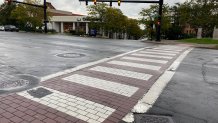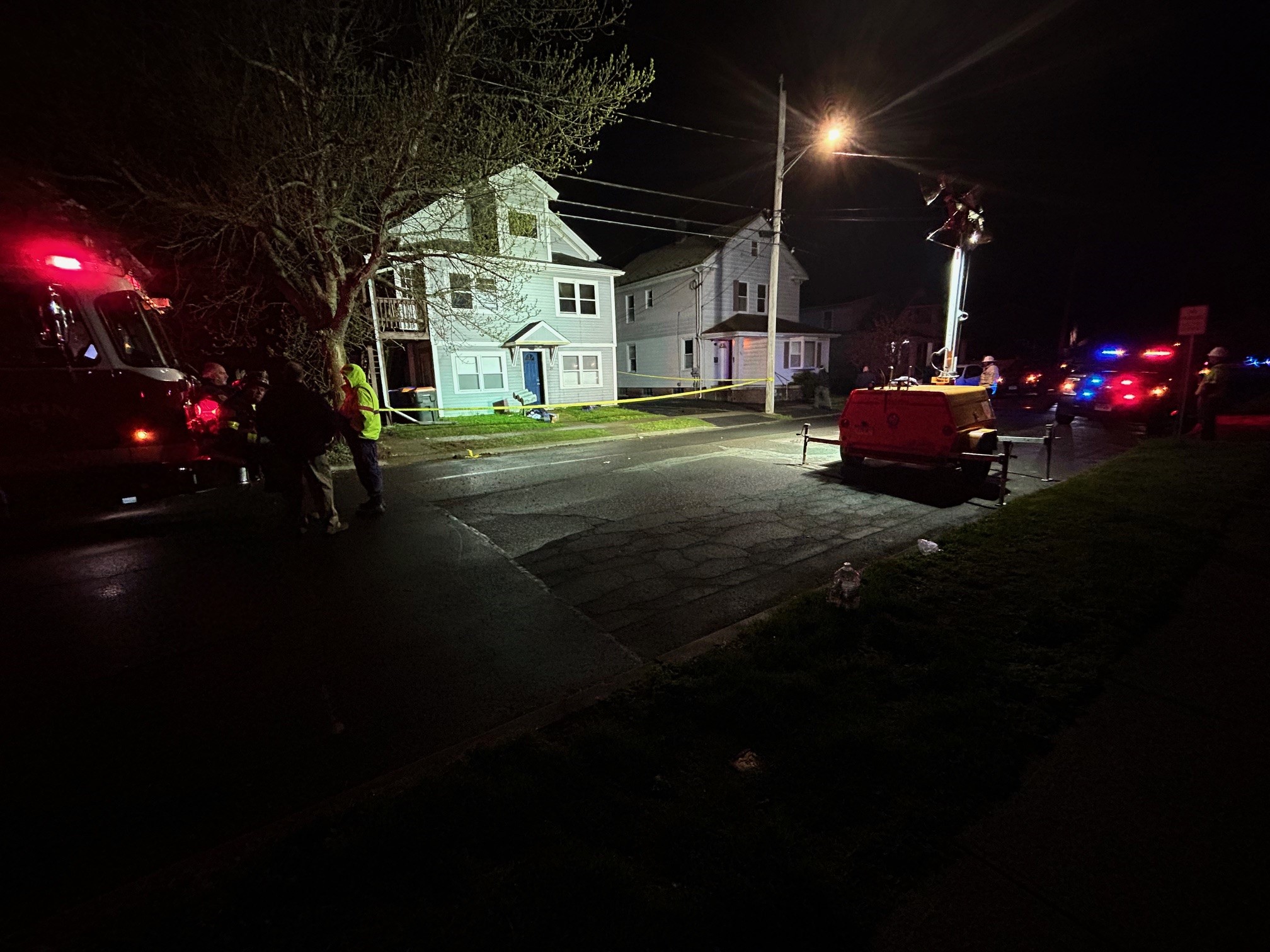A Connecticut law that goes into effect October 1 expands the right-of-way protections for pedestrians. The goal is to make crossing the street safer.
“You got reckless people everywhere. You can’t always make it safe,” said Jay Gordon of Manchester.
Watch for Me CT is hoping the law will change the habits of Connecticut drivers. Executive Director Amy Watkins said 60 pedestrians die every year in our state.
“That’s more than one person a week that we’ve lost to traffic deaths of people walking,” she pointed out.
Get Connecticut local news, weather forecasts and entertainment stories to your inbox. Sign up for NBC Connecticut newsletters.
Between 2009 and 2018 there was a 55% increase in pedestrian deaths nationwide, the highest since the year 1990.
“We are facing a rising crisis of pedestrian deaths in our country and our state,” she added.
In-vehicle protections are keeping drivers and passengers safer than ever before.
Local
“The protections for people on the road, it’s basically none,” said Watkins.
Reginald Moody knows from personal experience that crossing the street can be dangerous.
“I got hit on my mountain bike,” said the Middletown man.
Under the old law, a vehicle was required to stop if a pedestrian took one foot off the curb and entered the street. Starting October 1, the pedestrian has the right of way even if their feet haven’t left the curb.
However, it’s their responsibility to signal to oncoming motorists that they intend to enter the roadway. They can do this by raising your hand or arm to oncoming traffic, or moving an extension of your body like a cart, a leashed dog, a stroller, or a cane.
The new law applies to all marked and unmarked crosswalks, any intersection where you can walk from corner to corner. It is the motorist’s responsibility to stop or slow down when a pedestrian is attempting to cross or already in the crosswalk.
It’s also important that the pedestrian get acknowledgment from the oncoming drivers that they intend to stop.
“You may have the right of way but you may be injured or killed so you want to make sure you’re seen,” said Watkins.
“Sadly, we have had cases where pedestrians are following the laws and they’re the ones that end up getting injured,” added Lt. Peter Juda of the West Hartford Police Department’s traffic division.
Juda said he believes there will be a learning curve and the reaction time of drivers won’t be immediate until they get used to the law.
“I think both drivers and pedestrians are going to have to be careful cognizant that just because you put your arm out to signal that you might want to cross someone might not be able to stop right away,” he said.
There are certain situations where the new law does not apply.
“If it’s controlled with a signal like that then you have to follow the signal that controls the intersection and also if there’s a police officer directing traffic you have to do what the police officer directs you to do,” said Juda.

Moody said he thinks the new law is a step in the right direction.
“I just think it gives the pedestrian a little more safety, and also it gives the drivers a little more caution. That’s what it’s all about anyway, looking out for the pedestrian that’s crossing the street,” he said.
The fine for failing to yield to a pedestrian in a crosswalk remains at $500.



